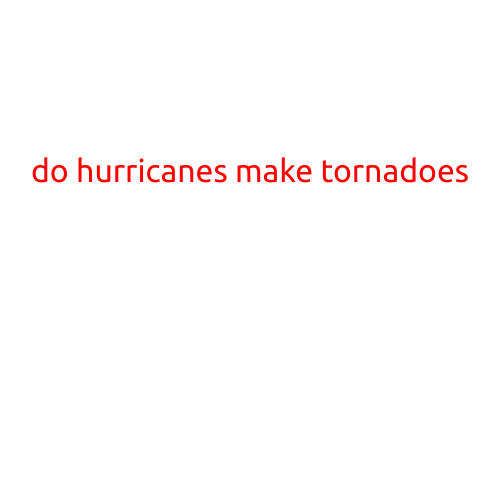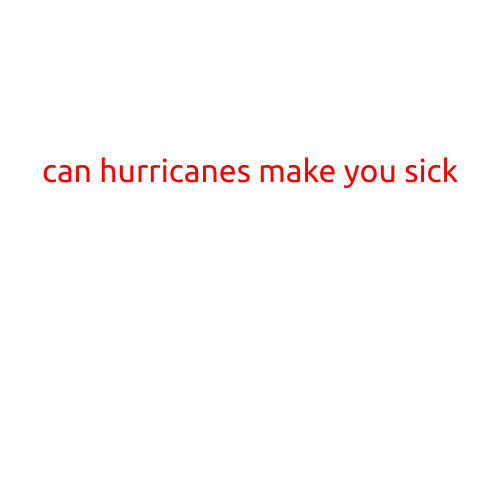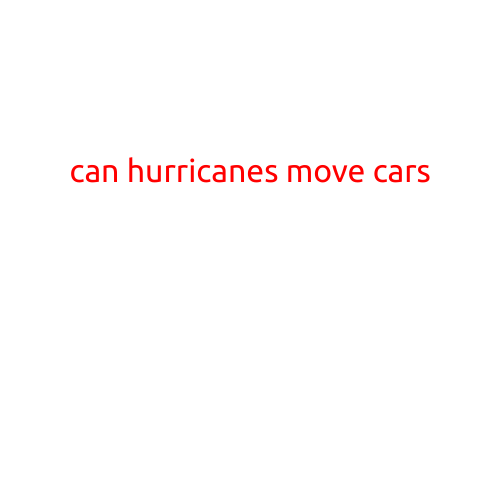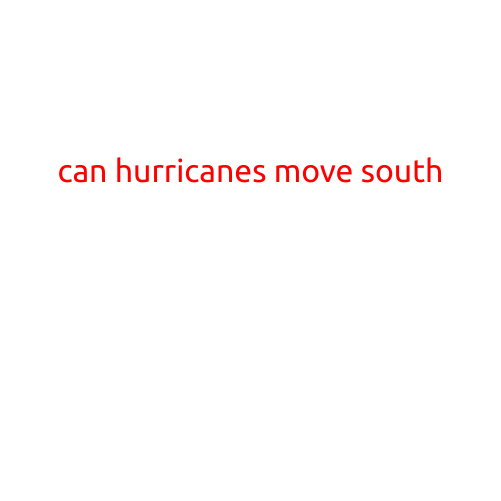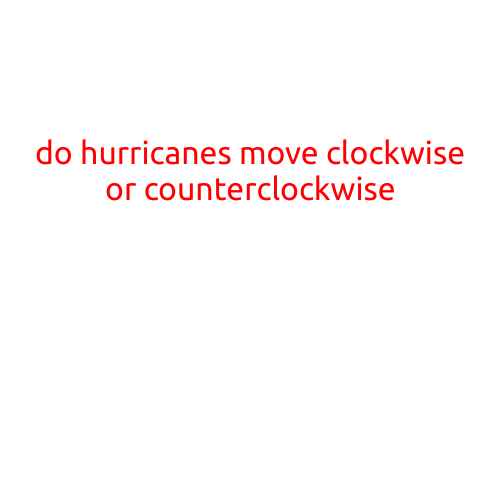
Do Hurricanes Move Clockwise or Counterclockwise?
Hurricanes are powerful weather systems that form over the ocean, bringing strong winds, heavy rainfall, and storm surges to affected areas. As these storms make their way across the Atlantic, Gulf of Mexico, and Pacific, many people wonder about their rotation patterns. Do hurricanes move clockwise or counterclockwise? In this article, we’ll delve into the rotation patterns of hurricanes and explore what causes them to move in a particular direction.
Why Do Hurricanes Rotate?
Before we dive into the direction of hurricane rotation, let’s take a step back and understand why hurricanes rotate in the first place. Hurricanes are tropical cyclones that form over warm ocean waters. As they develop, they create an area of low pressure at their center, which draws in air from the surrounding area. This rotation is caused by the Coriolis effect, a phenomenon that occurs when winds blow in the Northern Hemisphere, due to the Earth’s rotation.
The Direction of Hurricane Rotation
Now, let’s get to the question at hand: do hurricanes move clockwise or counterclockwise? The answer is that it depends on the hemisphere in which the hurricane forms.
Northern Hemisphere:
In the Northern Hemisphere, hurricanes rotate counterclockwise due to the Coriolis effect. This means that winds in the Northern Hemisphere are deflected to the right, causing the storm to rotate counterclockwise. This rotation pattern is responsible for the formation of the spiral shape of a hurricane, with the eye of the storm at the center.
Southern Hemisphere:
In the Southern Hemisphere, hurricanes rotate clockwise due to the opposite direction of the Coriolis effect. In this hemisphere, winds are deflected to the left, resulting in a clockwise rotation pattern.
Other Factors Influencing Hurricane Rotation
While the Coriolis effect is the primary factor in determining the direction of hurricane rotation, other factors can also influence the direction of rotation. These include:
- The latitude at which the hurricane forms: Hurricanes that form at higher latitudes may rotate more slowly or unpredictably due to the decreased effect of the Coriolis force.
- The strength of the hurricane: Stronger hurricanes may exhibit more erratic behavior, including changes in their rotation rate or direction.
- Wind shear: Wind shear, which occurs when winds blow at different speeds or directions at different heights, can disrupt the rotation pattern of a hurricane.
Conclusion
In conclusion, hurricanes in the Northern Hemisphere move counterclockwise due to the Coriolis effect, while those in the Southern Hemisphere rotate clockwise. While other factors can influence the direction of hurricane rotation, the Coriolis effect is the primary driver of this rotation pattern. Understanding the direction of hurricane rotation is essential for predicting the track and intensity of these powerful storms, which is crucial for protecting life and property.
